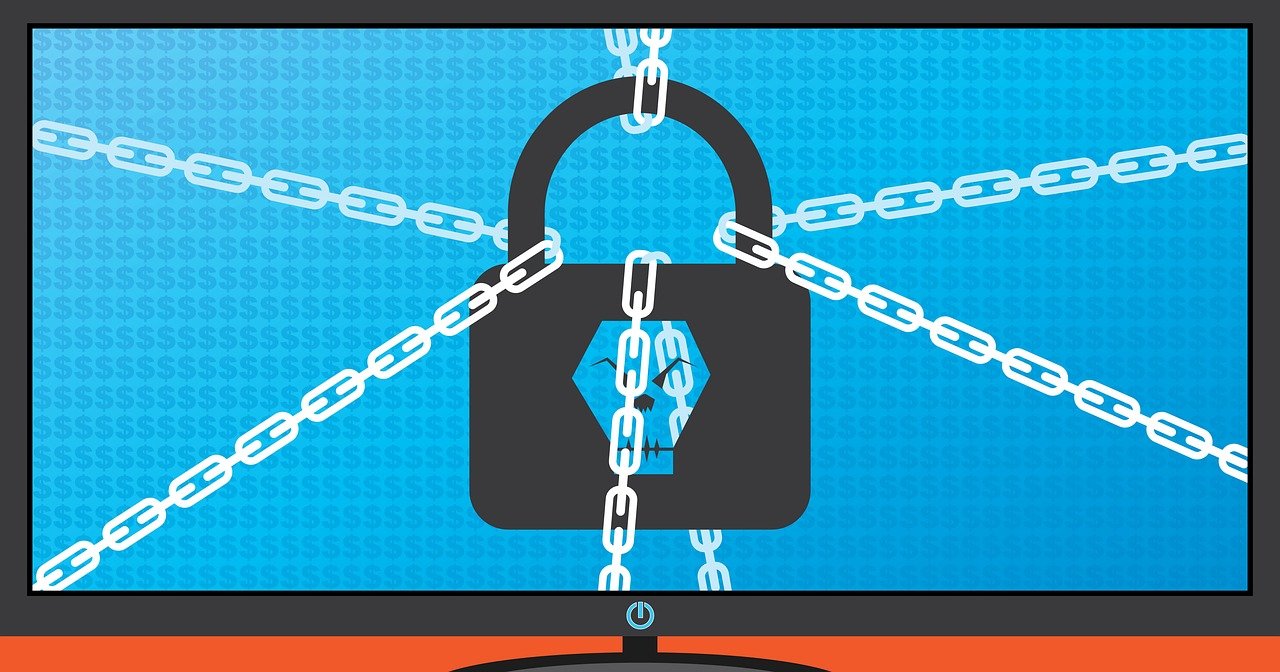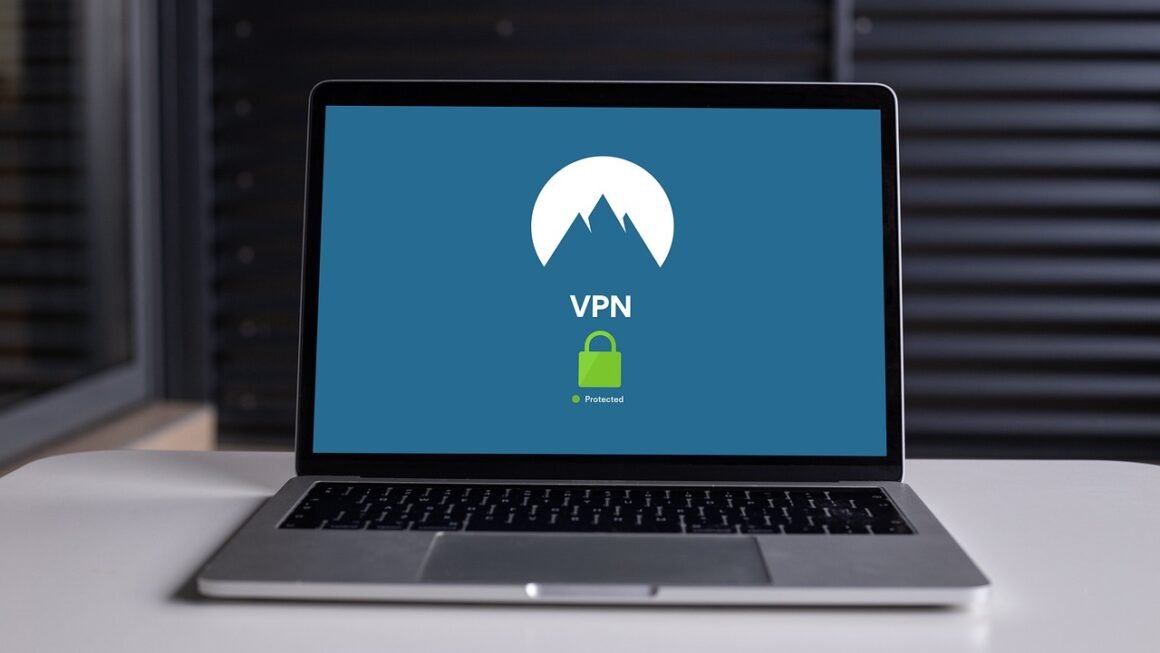Safeguarding your digital life begins with one crucial step: strong password protection. In an era where cyber threats are increasingly sophisticated, relying on weak or reused passwords is akin to leaving your front door wide open. This comprehensive guide will delve into the essential aspects of password protection, empowering you to create robust defenses against unauthorized access and data breaches.
Understanding the Importance of Password Security
Why Password Security Matters
In today’s interconnected world, passwords are the keys to your digital kingdom. They protect everything from your personal emails and social media accounts to your banking information and sensitive work documents. A compromised password can lead to identity theft, financial loss, and reputational damage. According to a Verizon Data Breach Investigations Report, weak or stolen credentials continue to be a primary cause of data breaches. Therefore, implementing robust password security practices is paramount.
- Protection from Identity Theft: Strong passwords prevent unauthorized access to your personal information, reducing the risk of identity theft.
- Financial Security: Secure passwords safeguard your financial accounts, preventing fraudulent transactions and unauthorized access to your funds.
- Reputational Protection: A strong password strategy protects your professional reputation by preventing unauthorized access to your business accounts and sensitive data.
Common Password Vulnerabilities
Many users unknowingly compromise their security by using easily guessable passwords or engaging in poor password management habits. Understanding these vulnerabilities is the first step towards strengthening your defenses.
- Using Weak Passwords: Passwords like “123456”, “password”, or your name are easily cracked by automated tools.
- Password Reuse: Using the same password across multiple accounts means that if one account is compromised, all your accounts are at risk.
- Storing Passwords Insecurely: Writing passwords down on sticky notes or saving them in unencrypted documents is a major security risk.
- Phishing Attacks: Falling for phishing scams can trick you into revealing your passwords to malicious actors.
Creating Strong and Unique Passwords
Characteristics of a Strong Password
A strong password is a complex combination of characters that is difficult to guess or crack. It should not be based on personal information or common words.
- Length: Aim for a minimum of 12 characters, but longer is always better. Many security experts recommend at least 16 characters.
- Complexity: Include a mix of uppercase and lowercase letters, numbers, and symbols.
- Randomness: Avoid using easily guessable patterns, keyboard sequences (e.g., “qwerty”), or personal information like your birthday or pet’s name.
- Unpredictability: The password should be completely different from your username.
Example of a strong password: `Tr$mP3t_9@w!n6`
Example of a weak password: `Password123`
Techniques for Generating Strong Passwords
Creating strong, unique passwords for each account can seem daunting, but several techniques can simplify the process.
- Password Generators: Use a reputable online password generator to create random and complex passwords. Examples include LastPass, 1Password, and Dashlane (these can also be password managers). Be sure the generator uses cryptographically secure random number generation.
- Passphrases: Create a memorable passphrase by combining several unrelated words. For example, “bluetreebooksunshinejungle” is easier to remember than a completely random password but still provides good security. Add numbers and symbols for increased strength (e.g., “blu3Tr33B00ks$unshin3Jungl3”).
- Diceware: Diceware is a method of generating passwords by repeatedly rolling dice to select words from a pre-generated list. This ensures randomness and makes the password difficult to crack.
Managing Your Passwords Effectively
Password Managers: Your Digital Vault
Password managers are applications that securely store your passwords and automatically fill them in when you visit websites or apps. They offer a convenient and secure way to manage multiple passwords without having to remember them all.
- Benefits of Using a Password Manager:
- Strong Password Generation: Most password managers can generate strong, unique passwords for each account.
- Secure Storage: Passwords are encrypted and stored securely in a vault, protected by a master password.
- Automatic Filling: Password managers automatically fill in usernames and passwords, saving you time and effort.
- Password Auditing: Many password managers offer features to identify weak, reused, or compromised passwords.
- Cross-Platform Compatibility: Password managers are available on various devices, allowing you to access your passwords from anywhere.
- Popular Password Managers: LastPass, 1Password, Dashlane, Bitwarden, and Keeper.
Two-Factor Authentication (2FA): Adding an Extra Layer of Security
Two-factor authentication (2FA) adds an extra layer of security to your accounts by requiring a second form of verification in addition to your password. This makes it much harder for hackers to gain access, even if they have your password.
- How 2FA Works:
- You enter your username and password.
- You receive a verification code via SMS, email, or a dedicated authenticator app.
- You enter the verification code to complete the login process.
- Types of 2FA:
- SMS-based 2FA: Verification codes are sent to your mobile phone via SMS.
- Authenticator Apps: Apps like Google Authenticator, Authy, and Microsoft Authenticator generate time-based one-time passwords (TOTP).
- Hardware Security Keys: Physical devices like YubiKey provide the most secure form of 2FA.
Enable 2FA whenever possible, especially for critical accounts like email, banking, and social media.
Best Practices for Password Protection
Regularly Update Your Passwords
Periodically changing your passwords is an important security measure, especially for accounts that contain sensitive information. Aim to update your passwords every 3-6 months, or sooner if you suspect a security breach.
- Create a Password Rotation Schedule: Set reminders to change your passwords regularly.
- Prioritize High-Risk Accounts: Focus on updating passwords for accounts that contain financial or personal information.
- Avoid Password Patterns: When changing passwords, don’t just increment the number or letter in your old password. Create a completely new and random password.
Be Aware of Phishing and Social Engineering
Phishing attacks are a common tactic used by cybercriminals to trick you into revealing your passwords. Be cautious of suspicious emails, links, and attachments, and never enter your password on a website unless you are certain it is legitimate.
- Verify the Sender’s Identity: Check the sender’s email address and domain name carefully.
- Avoid Clicking Suspicious Links: Hover over links to see where they lead before clicking them.
- Never Provide Passwords in Response to Emails: Legitimate organizations will never ask for your password via email.
- Enable Spam Filters: Use spam filters to block suspicious emails from reaching your inbox.
Conclusion
In conclusion, robust password protection is an essential component of online security. By understanding the importance of strong passwords, utilizing password managers and two-factor authentication, and practicing safe browsing habits, you can significantly reduce your risk of falling victim to cyber threats. Remember that online security is an ongoing process, and staying informed about the latest threats and best practices is crucial for protecting your digital life. Take action today to strengthen your passwords and safeguard your information!



